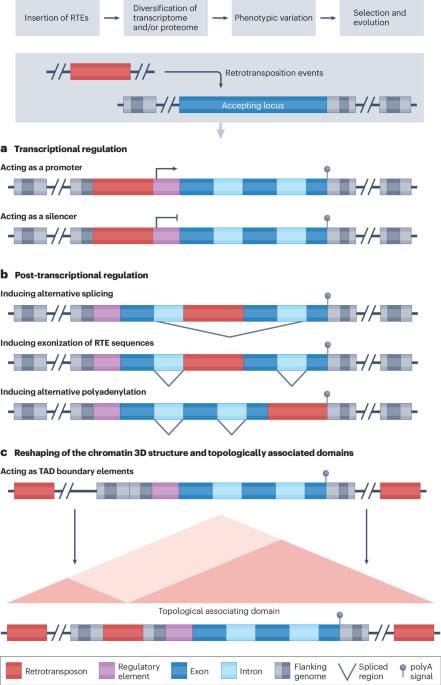The AI landscape continues to evolve at a rapid pace, with recent developments challenging established paradigms. Early in 2025, Chinese AI lab DeepSeek unveiled a new model that sent shockwaves through the AI industry and resulted in a 17% drop in Nvidia’s stock, along with other stocks related to AI data center demand. This market reaction was widely reported to stem from DeepSeek’s apparent ability to deliver high-performance models at a fraction of the cost of rivals in the U.S., sparking discussion about the implications for AI data centers.
To contextualize DeepSeek’s disruption, we think it’s useful to consider a broader shift in the AI landscape being driven by the scarcity of additional training data. Because the major AI labs have now already trained their models on much of the available public data on the internet, data scarcity is slowing further improvements in pre-training. As a result, model providers are looking to “test-time compute” (TTC) where reasoning models (such as Open AI’s “o” series of models) “think” before responding to a question at inference time, as an alternative method to improve overall model performance. The current thinking is that TTC may exhibit scaling-law improvements similar to those that once propelled pre-training, potentially enabling the next wave of transformative AI advancements.
These developments indicate two significant shifts: First, labs operating on smaller (reported) budgets are now capable of releasing state-of-the-art models. The second shift is the focus on TTC as the next potential driver of AI progress. Below we unpack both of these trends and the potential implications for the competitive landscape and broader AI market.







